A couple of weeks ago I went on an exploration to Afyon. This is a very brief account of the trip.
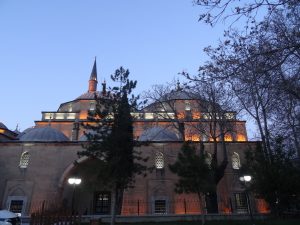 Situated in the middle of Turkey it is a bit of a trek from Dalyan. Six hours of driving through countryside. As we neared Afyon the landscape changed from green forests to the flat plains of Anatolia. Miles and miles of not very much except stalls selling onions and potatoes.
Situated in the middle of Turkey it is a bit of a trek from Dalyan. Six hours of driving through countryside. As we neared Afyon the landscape changed from green forests to the flat plains of Anatolia. Miles and miles of not very much except stalls selling onions and potatoes.
Afyon is Turkey’s largest producer of Opium poppies. Afyon means opium in Turkish. Used in Morphine and other pharmaceuticals this one of the prime economies for the area. The climate is perfect. Bitterly cold in the winter and hot and very dry in the summer.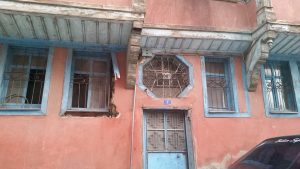
It is said that all roads in Turkey go through Afyon and this is reflected in its rich and diverse culture. It is the city that seems to have everything. The city’s history is very interesting: It was virtually destroyed in the Ottoman era by a huge fire. Later, it was rebuilt and became a city where Muslims, Greeks, Armenians and Jews lived together in peace for years.
Agriculture and farming
The area is known for its arable farms as well as the poppies. Grains, root vegetables and cherries are the prime crops. There are also many pastoral farms. Cows, sheep and water buffalo. Afyon is famous for its sucuk and kaymak.
Sucuk is a spicy Turkish sausage that is made from beef. Containing lots of spices and are usually dried after construction. If you haven’t tried sucuk, think of a similar texture to chorizo but the taste is quite different.
Kayamk is a thick cream produced from cow or buffalo milk. A little like clotted cream, it is served with desserts, in Turkish delight and for breakfast. My favorite is simit, kaymak, honey and walnuts!
Thermal Springs
Afyon is renowned for its thermal springs. There are many different hotels and spas that take advantage of the natural resources. The springs are rich in carbon dioxide, sodium bicarbonate, sodium chloride, bromide and fluoride. The temperatures range from 51 to 98C and seem to cure pretty much everything.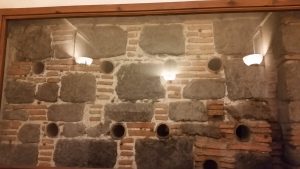
In the city there are many hammams, both as relics and in working order.
Mevlana
Afyon was one the first sites for Mevlevi lodges. There is a very well preserved mosque and museum where you can see the kitchens and living quarters of the scholars.
 Phrygian Valley
Phrygian Valley
The Phrygian Valley is a weird and other-wordly place. It is formed from the same type of stone as Cappadocia and does look a little similar. However, it has history dating before the 8th century BC and covers Roman, Jewish, Persian, Pergamon, Alexander and his Hellenistic successors, and Byzantium eras.
It is included in Homer’s Illiad and the Phrygians took part in the Trojan War. Phrygian power reached its peak in the late 8th century BC under another, historical, king: Midas who dominated most of western and central Anatolia.
There are many ruins and carvings in the vast valley. Churches and temples have been cut from the rock. Army barracks and chambers litter the area with most of the structures still waiting to be unearthed. In addition there are numerous castles, both within the valley and in the city itself. There is so much history here that it is hard to 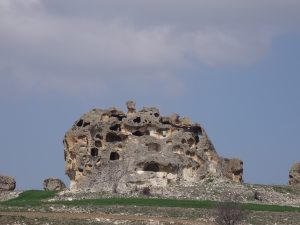 comprehend the scale.We spent a full day in the valley and only scratched the surface.
comprehend the scale.We spent a full day in the valley and only scratched the surface.
In the city of Afyon there are modern shopping centres, cinemas and busy streets. Alongside the ultra new and shiny sit tiny boutique shops and coffee houses. I was only there for 2 days, even so, I don’t think 2 weeks would be enough. It is a fascinating place and I will definitely go back.
It really is the city that has everything.


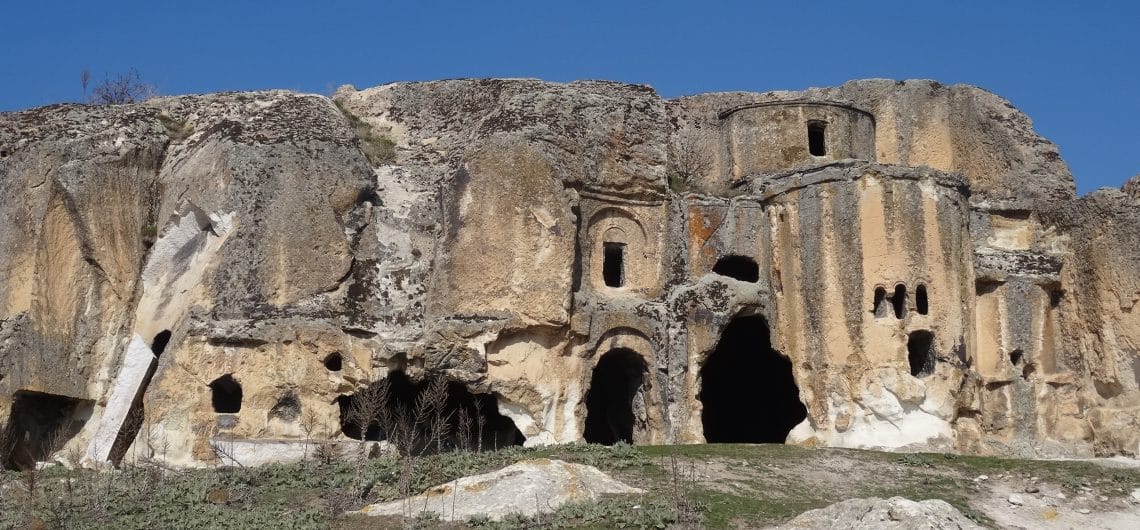

Comments